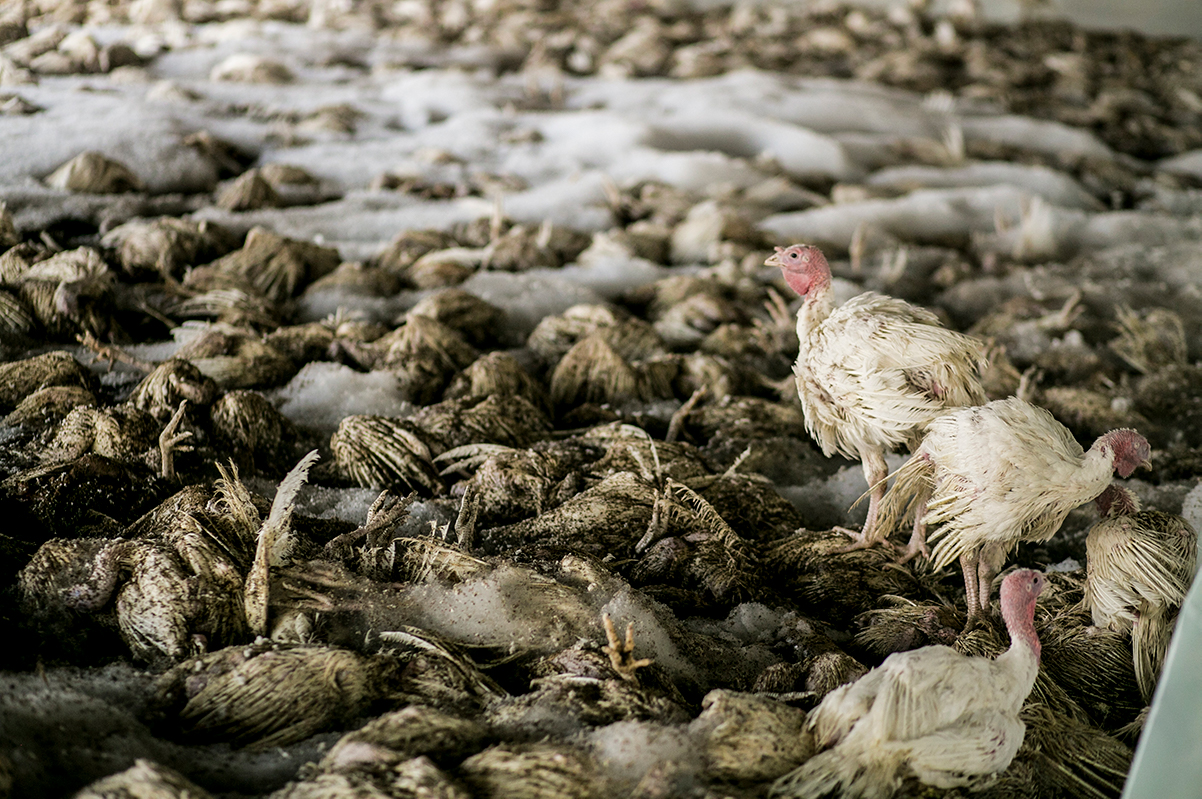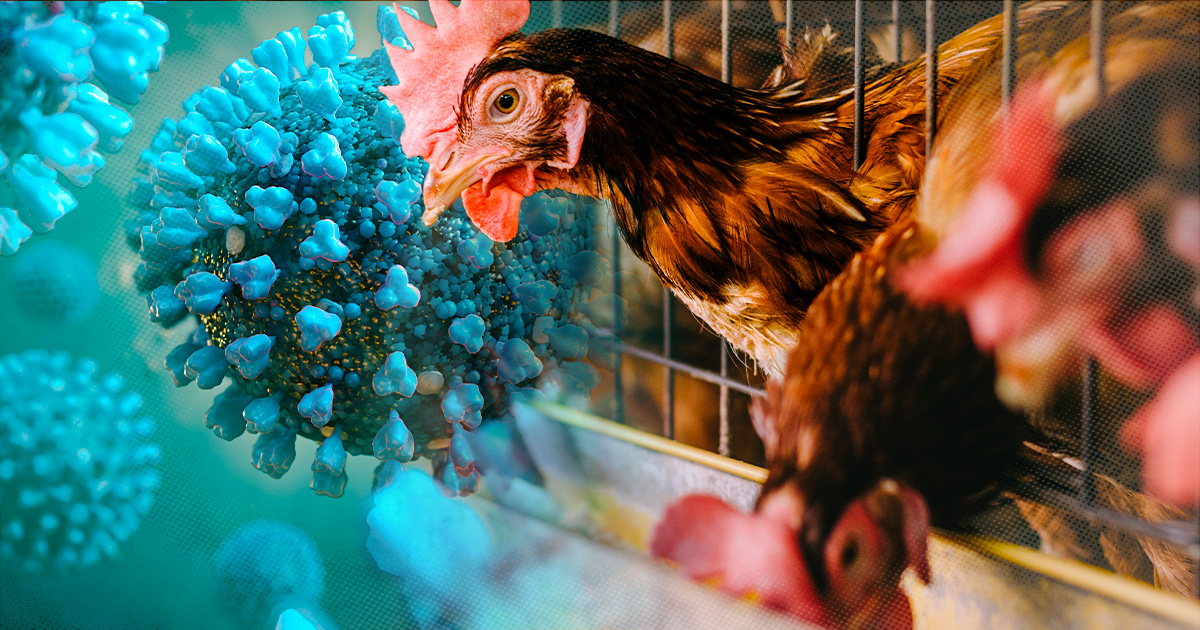Pathogenesis and Epidemiology: Avian Influenza

Avian influenza, also known as bird flu, is a highly contagious viral infection that affects birds. The virus can be transmitted to humans and other animals, but it is primarily a disease of birds.
Dude, avian influenza is a real bummer for poultry farmers, right? I mean, who wants to eat chicken that’s been infected with a deadly virus? But hey, did you know that a former CIA analyst in South Korea blew the whistle on some shady dealings involving avian influenza vaccines?
Talk about high-stakes espionage! Back to the bird flu, though, it’s a serious threat to our feathered friends, and we need to do everything we can to protect them.
Transmission Mechanisms
Avian influenza viruses are spread through contact with infected birds or their bodily fluids. The virus can be transmitted through the air, through contact with contaminated surfaces, or through the ingestion of contaminated food or water.
Timeline of Major Outbreaks, Avian influenza
There have been several major outbreaks of avian influenza in recent years. The most notable outbreaks include the 1997 outbreak in Hong Kong, the 2003 outbreak in the Netherlands, and the 2013 outbreak in China.
Genetic Diversity and Evolution
Avian influenza viruses are highly genetically diverse. The virus can mutate rapidly, which can lead to the emergence of new strains that are more virulent or more resistant to treatment.
Avian influenza, also known as bird flu, has been making headlines lately. For the latest updates and in-depth coverage, check out the LA Times. They’ve got a team of reporters on the ground tracking the spread of the virus and providing expert analysis.
Stay informed and protect your feathered friends!
Clinical Manifestations and Diagnosis

Avian influenza, also known as bird flu, is a contagious viral infection that can affect both birds and humans. The clinical signs and symptoms of avian influenza vary depending on the species infected.
Clinical Signs in Birds
- Respiratory signs: coughing, sneezing, nasal discharge
- Neurological signs: tremors, seizures, paralysis
- Ocular signs: conjunctivitis, swelling of the eyelids
- Digestive signs: diarrhea, vomiting, decreased appetite
- Sudden death
Clinical Signs in Humans
- Respiratory signs: fever, cough, sore throat, shortness of breath
- Muscle aches
- Headache
- Fatigue
- Nausea and vomiting
- Diarrhea
Diagnosis
Avian influenza is diagnosed using a variety of techniques, including:
- Viral culture: This involves isolating the virus from a sample of respiratory secretions or tissue.
- Antigen detection tests: These tests detect the presence of viral antigens in a sample of respiratory secretions or tissue.
- Molecular tests: These tests detect the presence of viral RNA or DNA in a sample of respiratory secretions or tissue.
- Serological tests: These tests detect the presence of antibodies to the virus in a sample of blood.
Differential Diagnosis
Avian influenza can be difficult to distinguish from other respiratory diseases, such as influenza, parainfluenza, and respiratory syncytial virus (RSV). The differential diagnosis is based on the clinical signs, the patient’s history, and the results of laboratory tests.
Prevention and Control Measures

The world has seen many outbreaks of avian influenza, causing massive losses in the poultry industry and raising concerns about public health. Therefore, it is crucial to implement effective prevention and control measures to mitigate the risks associated with this disease.
Biosecurity Measures
One of the key strategies for preventing avian influenza outbreaks is implementing comprehensive biosecurity measures. These measures aim to minimize the introduction and spread of the virus into poultry flocks. Biosecurity practices include:
- Restricting access to poultry farms by unauthorized personnel and vehicles.
- Implementing proper sanitation and disinfection protocols for equipment, vehicles, and personnel.
- Controlling feed and water sources to prevent contamination.
li>Separating poultry flocks from other animals and wild birds.
Vaccination Strategies
Vaccination is another important tool in the prevention and control of avian influenza. Vaccines can help protect poultry flocks from infection or reduce the severity of the disease. Vaccination strategies vary depending on the specific strain of the virus and the target population.
- Inactivated vaccines: These vaccines are made from killed virus particles and are safe for use in poultry of all ages.
- Live attenuated vaccines: These vaccines are made from weakened virus particles and can provide longer-lasting immunity but may have some risks associated with their use.
Surveillance and Early Detection
Surveillance and early detection are crucial for effective avian influenza management. Regular monitoring of poultry flocks for signs of disease and laboratory testing of suspected cases help identify outbreaks promptly. Early detection allows for the implementation of rapid response measures to contain the spread of the virus.
- Active surveillance: This involves regular monitoring of poultry flocks for clinical signs of avian influenza and collecting samples for laboratory testing.
- Passive surveillance: This involves relying on poultry owners and veterinarians to report suspected cases of avian influenza to the authorities.
By implementing these prevention and control measures, we can significantly reduce the risk of avian influenza outbreaks and protect the health of our poultry and the public.